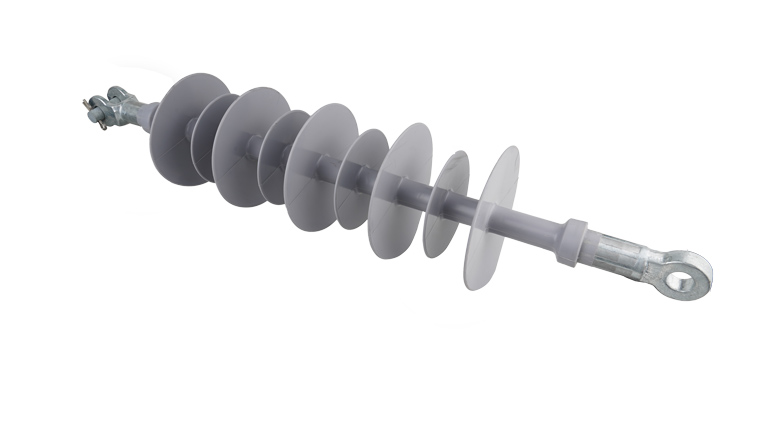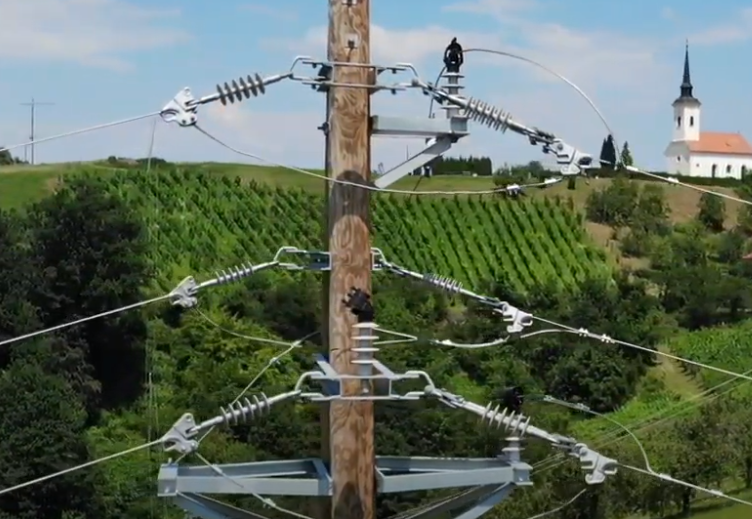Polymer insulators (also called composite or nonceramic insulators) consist of a fiberglass
rod attached to two metal end fittings covered by a rubber weathershed system. Polymer
insulators were first developed in the 1960s and installed in the 1970s.
Polymer insulators, also known as composite insulators, are different from porcelain insulators
in that they are composed of a polymer rain-proof sheath and a mandrel of resin material. It is
characterized by not easy to accumulate water, high resistance to fouling and light weight. At
present, Japan is not only promoting the use of electrified railways, but also the power sector,
and it is expected to become a new insulating material (for catenary) in the future.
The conductors of overhead power lines are connected and fixed on the tower by insulators
and hardware.Insulators used for the insulation of wires and towers must not only withstand
the action of working voltage, but also be subjected to the action of overvoltage during operation,
and also bear the action of mechanical force, temperature changes and the influence of the
surrounding environment, so the insulator must be in good condition. insulation properties and
certain mechanical strength. Usually, the surface of the insulator is corrugated.
This is because: First, the leakage distance (also known as the creepage distance) of the insulator
can be increased, and each wave strand can also play a role in blocking the arc;
The second is that when it rains, the sewage flowing down from the insulator will not flow directly
from the upper part of the insulator to the lower part, so as to avoid the formation of sewage columns
and cause short-circuit accidents, and play a role in blocking the flow of sewage;
The third is that when the pollutants in the air fall on the insulator, due to the unevenness of the
insulator, the pollutants will not be evenly attached to the insulator, which improves the anti-pollution
ability of the insulator to a certain extent. There are many types of insulators for overhead power lines,
which can be classified according to the structure type, insulating medium, connection method and
bearing capacity of the insulator.
Post time: Apr-07-2022


